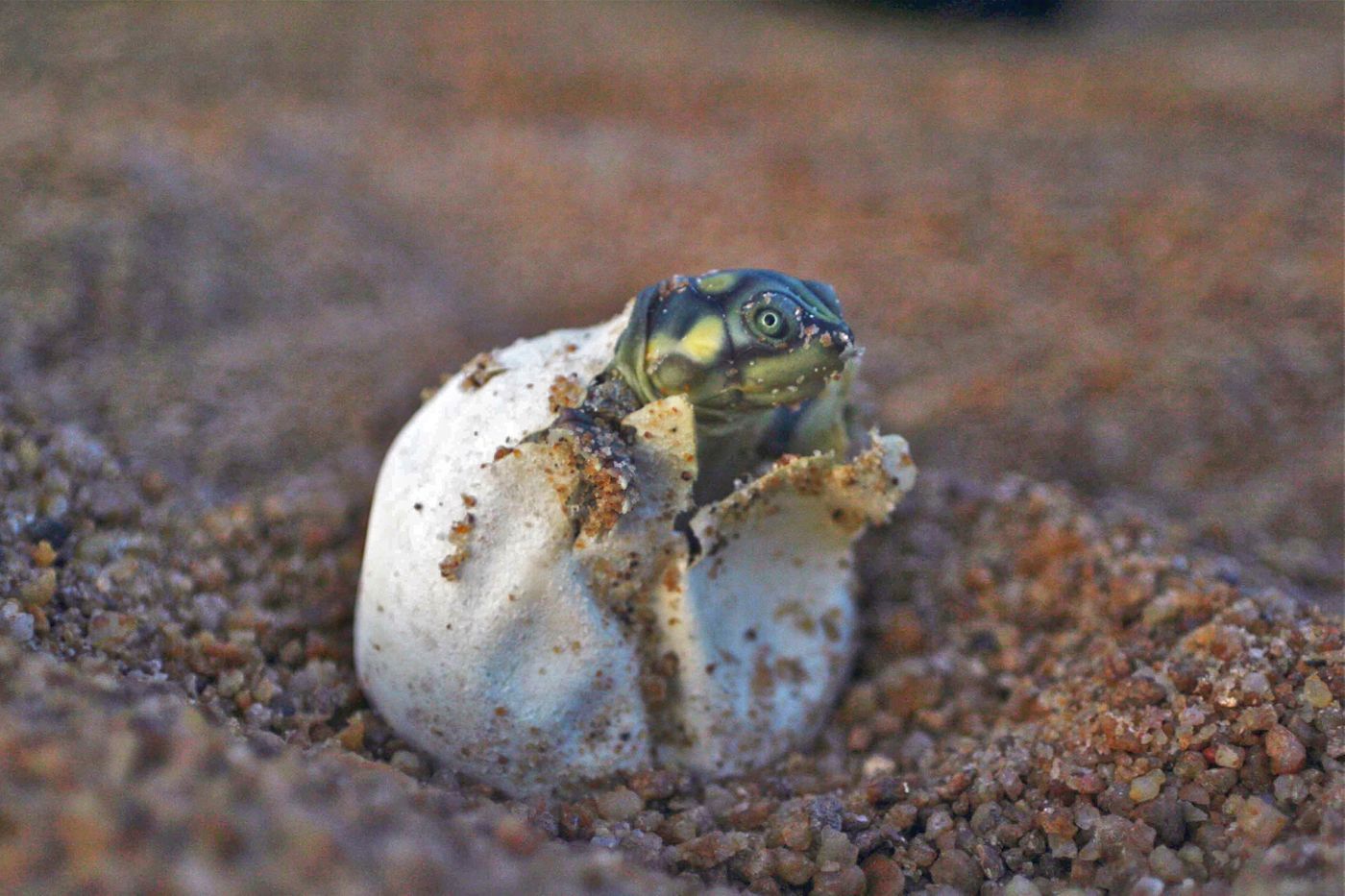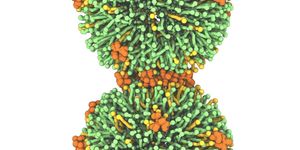Conservation Efforts Are Helping Amazon Turtle Populations Bounce Back
It’s not too often that conservationists get the chance to share a successful conservation story, but as it would seem, nearly 40 years’ worth of local conservation efforts targeting the Giant South American Turtle are beginning to pay off.
Image Credit: University of East Anglia
A plethora of environmental surveys that were conducted throughout this period by a team of conservationists led by researchers from the University of East Anglia revealed how population numbers of the Giant South American Turtle have steadily recovered in protected regions. The findings were published this week in the journal Nature Sustainability.
As it would seem, there aren’t enough government officials to monitor the protected areas. The efforts wouldn’t have been possible if it weren’t for local community members picking up some of the slack and guarding these protected regions from would-be poachers.
Citing the paper, there are now nine times as many turtle hatchlings on protected beaches than there were in 1977. Out of 2,000 nesting sites surveyed from those protected beaches, the researchers discerned that illegal poaching had impacted less than two percent of the turtle hatchlings.
Related: Why do turtles live so long?
These are incredible figures, but as you might come to expect, nesting sites at unprotected beaches certainly reflect the fact that they’re unprotected. Out of 202 nesting sites surveyed at unprotected beaches, around 99% of the turtle hatchlings were impacted by illegal poaching.
Poachers often exploit turtles for meat and eggs, regardless of the species. Unfortunately, the Giant South American Turtle was perhaps one of the hardest-hit species of them all. Local government officials enacted protection laws in 1967 to protect the animals, but population numbers had already dipped too low at the time, and so local vigilantes stepped up to the plate.
These same communities have guarded Giant South American Turtle nesting sites ever since, and this study underscores the effectiveness of these local conservation efforts.
"This study clearly demonstrates the effectiveness of empowering local management action by stakeholders who have the largest stake and a 24/7 presence at key conservation sites," explained Prof. Carlos Peres, a senior author of the study from the University of East Anglia.
"The beaches protected by local communities represent noisy islands of high biodiversity, surrounded by lifeless unprotected beaches, which are invariably empty and silent."
Related: Luck enabled scientists to monitor a leatherback sea turtle during Hurricane Florence
"Relying on a handful of government officials, who are often based in urban centers, to protect five million square-kilometers of Amazonian rivers and forests is at best a losing battle which so far has largely failed," Prof. Peres added.
"We need to trigger and then subsidize powerful 'win-win' alliances with local communities to both ensure their welfare and sustain the collective vigilance that can maintain the integrity of the world's largest tropical wilderness region."
The paper is a call for local government officials to support the efforts of local community members to protect endangered wildlife. Given the positive results we’ve seen already, there’s no doubt that harnessing these efforts could help a plethora of other local animals in need of protection from illegal poaching.
Source: Phys.org, Nature Sustainability









